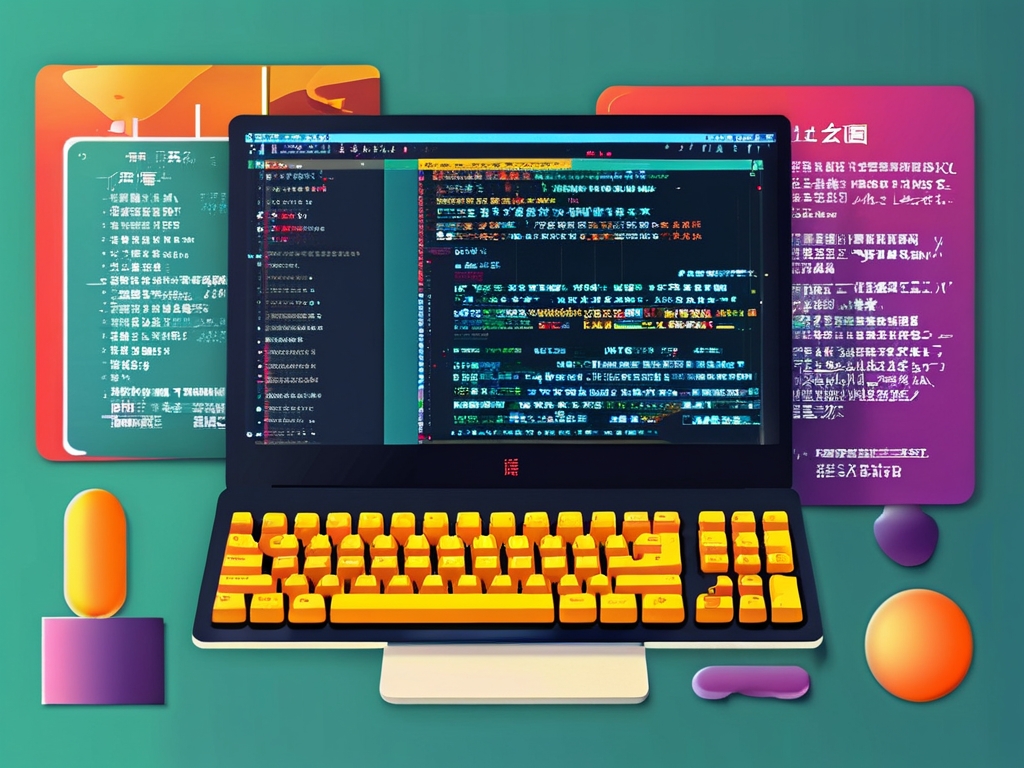The rise of Chinese programming languages has sparked global interest in how programming can be localized to bridge linguistic and cultural gaps. Unlike traditional programming languages that rely on English keywords, Chinese programming languages use Chinese characters for syntax, making coding more accessible to native Chinese speakers. However, the compilation process for such languages introduces unique challenges. This article explores the principles behind compiling Chinese programming languages, supported by visual diagrams to demystify technical complexities.

The Evolution of Chinese Programming Languages
Chinese programming languages like (Yìyǔyán) and (Wenyan-lang) have gained traction over the past decade. These languages replace English keywords with Chinese equivalents—for example, using (rúguǒ) instead of if or (xúnhuán) instead of loop. While this approach lowers the entry barrier for Chinese-speaking developers, it requires compilers to handle non-Latin character sets and contextual semantics unique to Chinese.
Core Components of Compilation
A compiler for Chinese programming languages follows the same foundational steps as traditional compilers but adapts to linguistic nuances:
- Lexical Analysis: The compiler scans source code written in Chinese characters and converts them into tokens. For instance, (“print”) is recognized as a function call.
- Syntax Parsing: A parser validates the structure using a grammar tailored to Chinese syntax. Ambiguities arise due to homophones or flexible word order in Chinese, requiring context-aware rules.
- Semantic Analysis: This phase ensures logical correctness, such as verifying variable types or function arguments.
- Intermediate Code Generation: The compiler translates parsed code into an intermediate representation (e.g., bytecode).
- Optimization and Code Generation: Finally, machine-specific executable code is produced.
Visualizing the Compilation Process
To illustrate these steps, consider the following diagram:
- Source Code Input: A snippet written in with Chinese keywords.
- Tokenization: Characters like (variable) and (equals) are mapped to tokens.
- Abstract Syntax Tree (AST): A tree structure represents hierarchical relationships, e.g., a conditional statement structured as ...... (if...then...else).
- Symbol Table: Tracks variables and functions, resolving references like (number) to their data types.
- Code Execution Flow: Shows how optimized machine code interacts with hardware.
Challenges in Chinese Language Compilation
- Character Encoding: Unicode support is critical to handle thousands of Chinese characters.
- Syntax Ambiguity: Words like (xíng) can mean “okay” or “line,” requiring context-dependent parsing.
- Cultural Context: Idiomatic expressions may not map directly to programming logic, necessitating custom compiler rules.
Case Study: (Wenyan-lang)
Wenyan-lang mimics classical Chinese literary style, using archaic terms like (“I have a number”). Its compiler translates poetic syntax into JavaScript or Python, demonstrating how linguistic creativity coexists with technical rigor. A visual breakdown of its compilation steps reveals:
- Tokenizing classical phrases into modern programming constructs.
- Handling nested structures inspired by ancient Chinese prose.
Future Directions
Advances in natural language processing (NLP) could enable compilers to interpret more flexible Chinese expressions. Additionally, integrating AI to auto-resolve ambiguities may streamline development. Tools like visual debuggers and interactive AST generators could further enhance accessibility.
Chinese programming languages represent a fusion of linguistics and computer science. By visualizing their compilation principles—from tokenization to code generation—developers gain insights into both the technical and cultural dimensions of these innovative tools. As globalization drives demand for localized programming ecosystems, understanding these mechanisms becomes essential for building inclusive software solutions.

